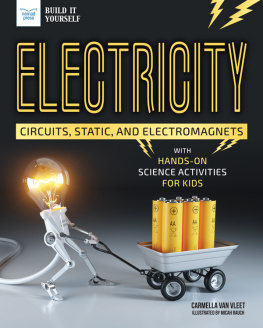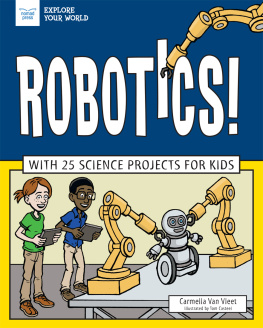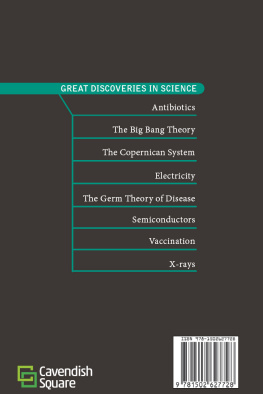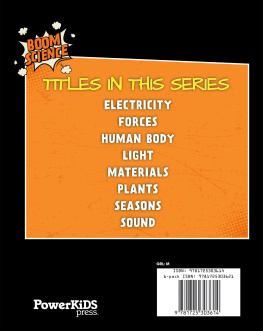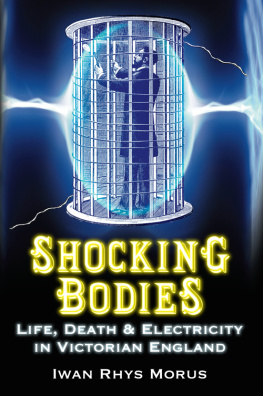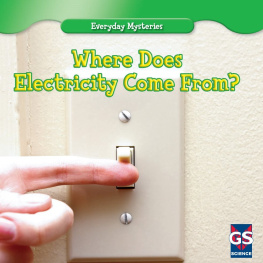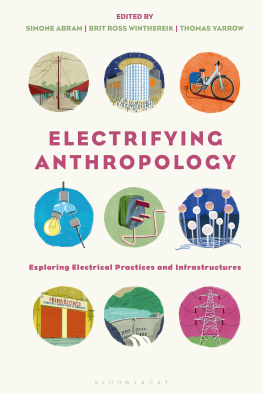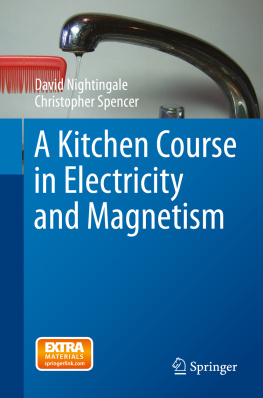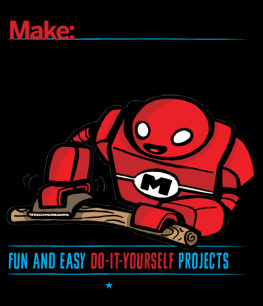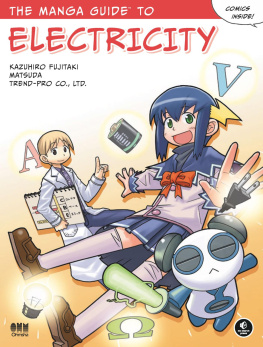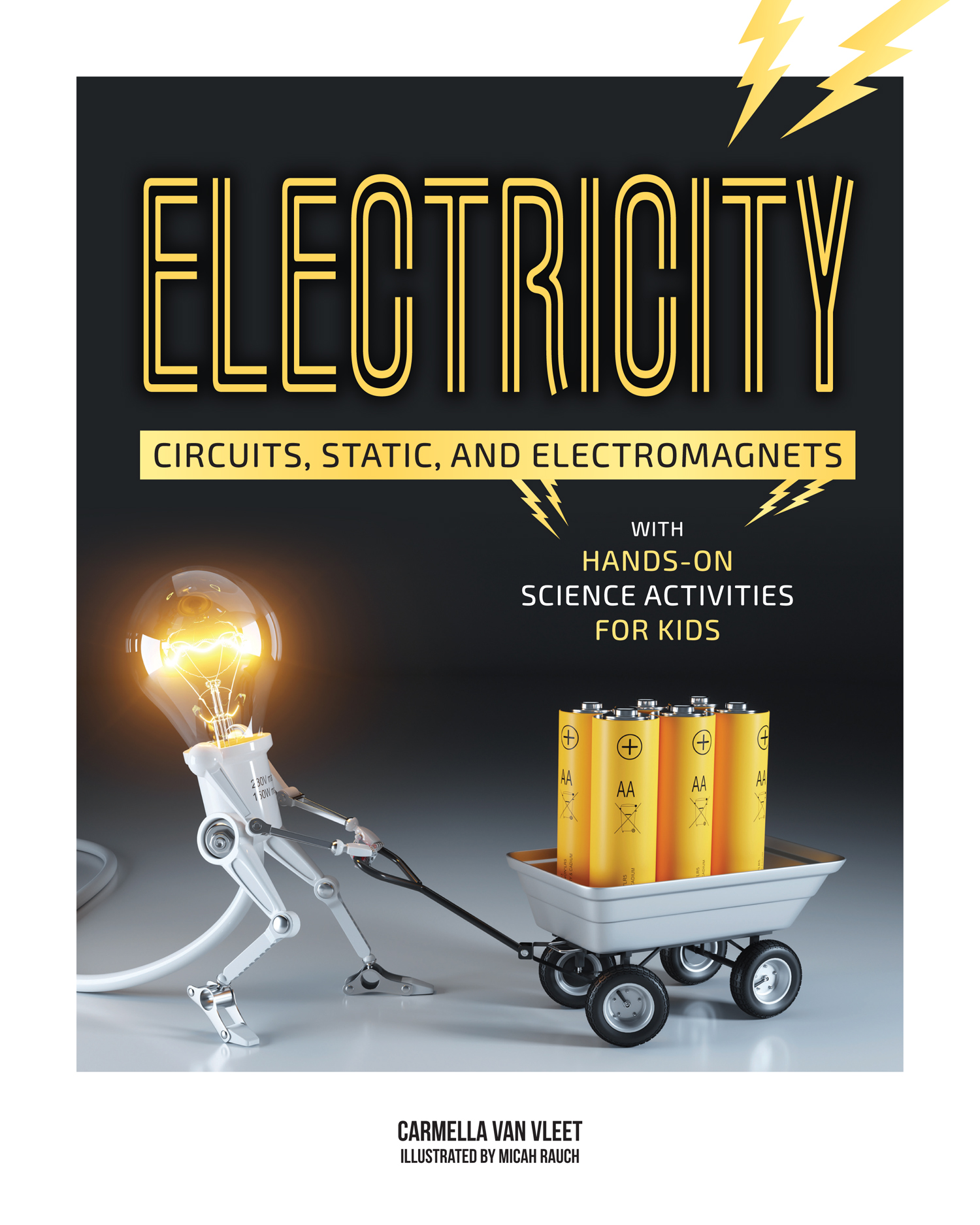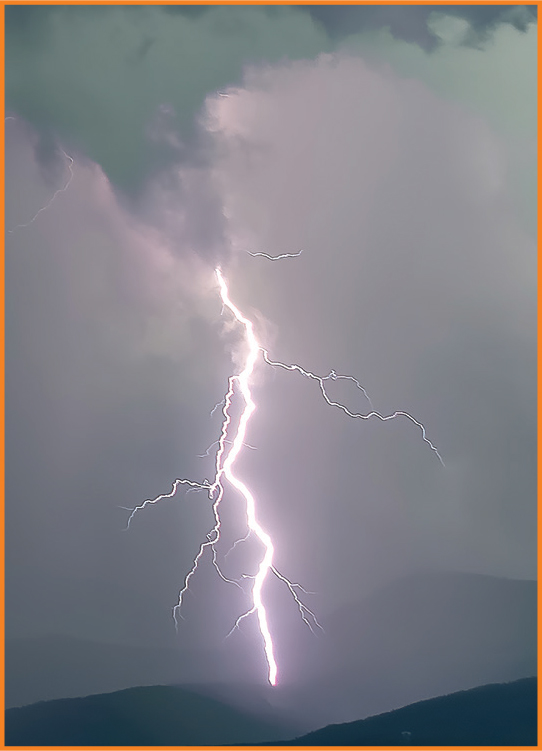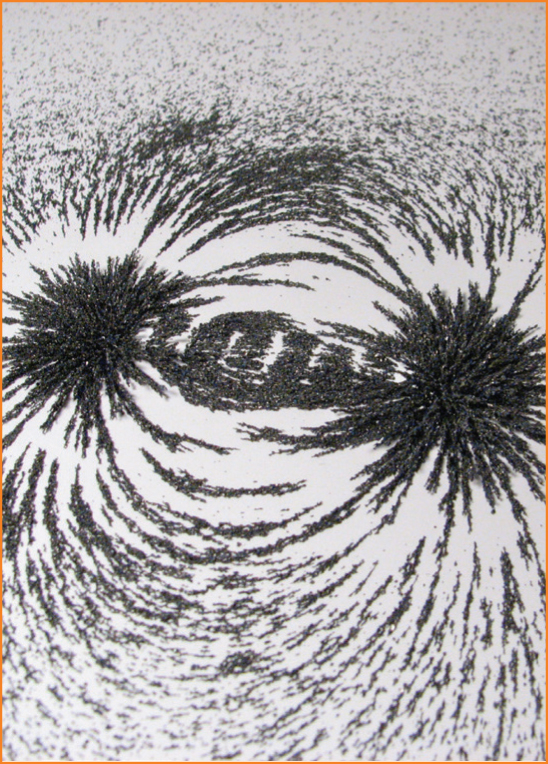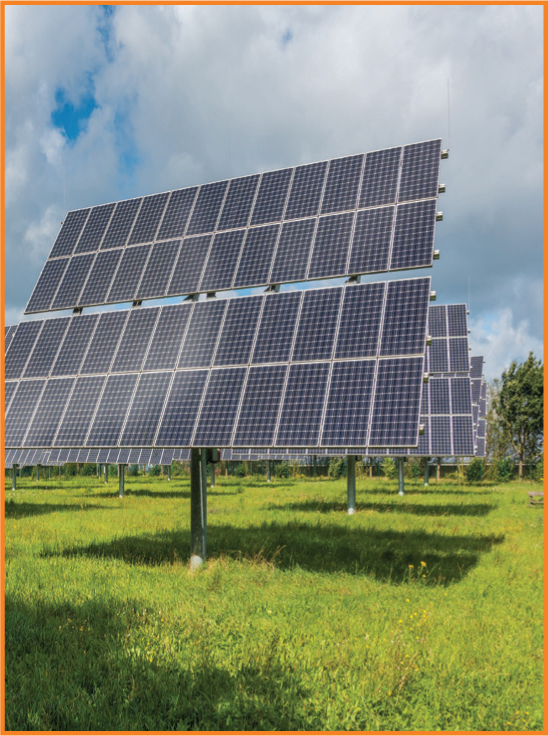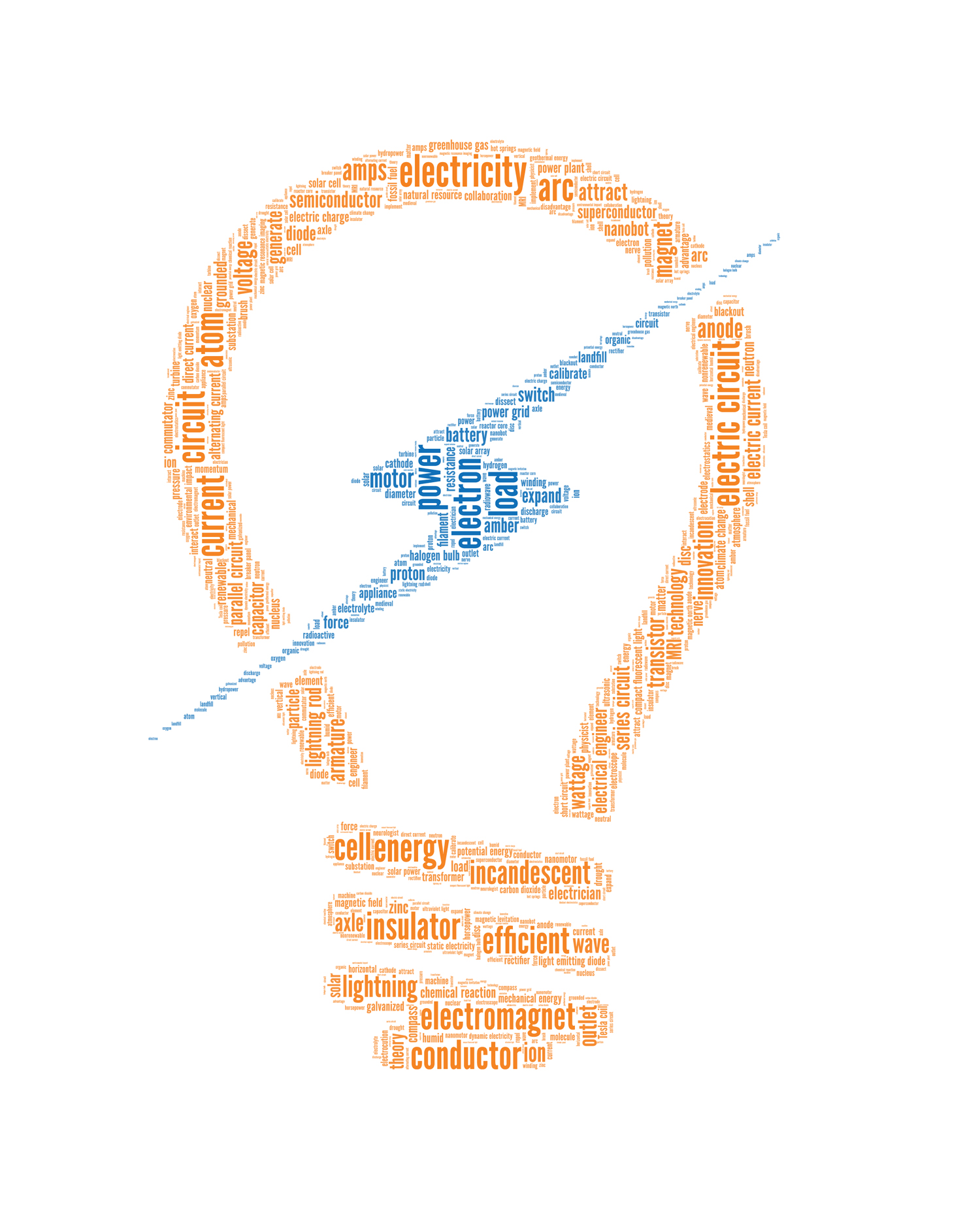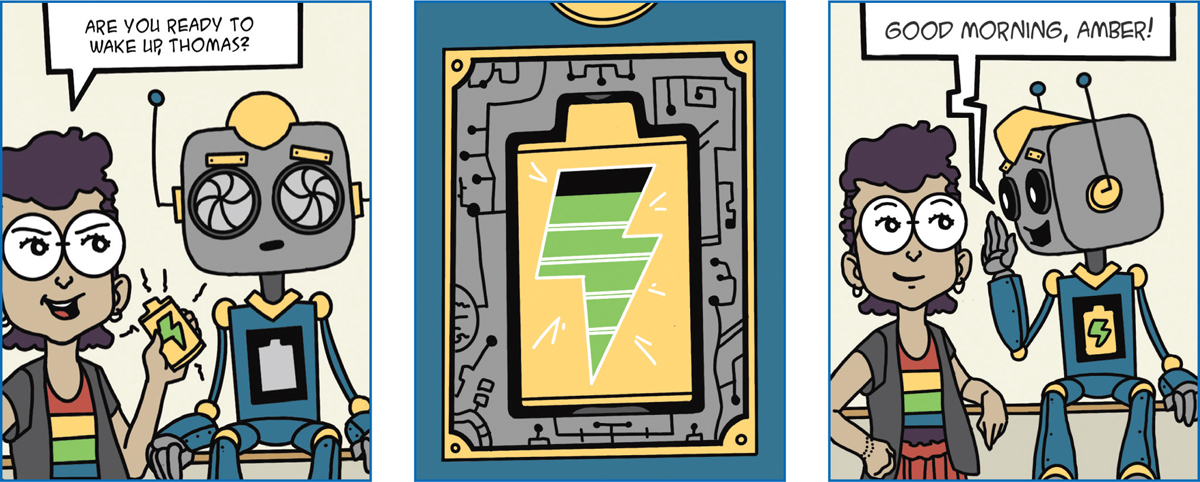Carmella Van Vleet - Electricity: Circuits, Static, and Electromagnets with Hands-On Science Activities for Kids
Here you can read online Carmella Van Vleet - Electricity: Circuits, Static, and Electromagnets with Hands-On Science Activities for Kids full text of the book (entire story) in english for free. Download pdf and epub, get meaning, cover and reviews about this ebook. year: 2022, publisher: Nomad Press, genre: Children. Description of the work, (preface) as well as reviews are available. Best literature library LitArk.com created for fans of good reading and offers a wide selection of genres:
Romance novel
Science fiction
Adventure
Detective
Science
History
Home and family
Prose
Art
Politics
Computer
Non-fiction
Religion
Business
Children
Humor
Choose a favorite category and find really read worthwhile books. Enjoy immersion in the world of imagination, feel the emotions of the characters or learn something new for yourself, make an fascinating discovery.
- Book:Electricity: Circuits, Static, and Electromagnets with Hands-On Science Activities for Kids
- Author:
- Publisher:Nomad Press
- Genre:
- Year:2022
- Rating:3 / 5
- Favourites:Add to favourites
- Your mark:
Electricity: Circuits, Static, and Electromagnets with Hands-On Science Activities for Kids: summary, description and annotation
We offer to read an annotation, description, summary or preface (depends on what the author of the book "Electricity: Circuits, Static, and Electromagnets with Hands-On Science Activities for Kids" wrote himself). If you haven't found the necessary information about the book — write in the comments, we will try to find it.
Fascinating explanations of something we use every day! Kids ages 8 to 12 discover where electricity comes from, how it works, and how we can make it more efficient.
Its everywhere. In our homes, schools, offices, on the train, in our carseven inside our bodies!
Electricity: Circuits, Static, and Electromagnets with Hands-On Science Activities for Kids explores the science of electricity and the technology weve developed to harness the energy to power our lives. By diving into the topics of static electricity, currents, circuits, electromagnetism, motors, and ways we might produce and use electricity in the future, kids ages 8 to 12 gain a full view of how electricity works and why its so important to human society.
And while its tempting to think electricity was invented by humans, it existed since before the earth was even formed! In this book, well examine the electricity found in nature and even inside our own bodies.
Hands-on STEM activities, entertaining illustrations, essential questions, text-to-world connections, fascinating sidebars, and links to online resources and videos get kids hooked on the fascinating subject they all use in their daily liveselectricity! Additional materials include a glossary, a list of media for further learning, a selected bibliography, and index. Aligns with Common Core state standards and Next Generation Science Standards.
All books are leveled for Guided Reading level and Lexile.
All titles are available in paperback, hardcover, and ebook formats.
Carmella Van Vleet: author's other books
Who wrote Electricity: Circuits, Static, and Electromagnets with Hands-On Science Activities for Kids? Find out the surname, the name of the author of the book and a list of all author's works by series.

